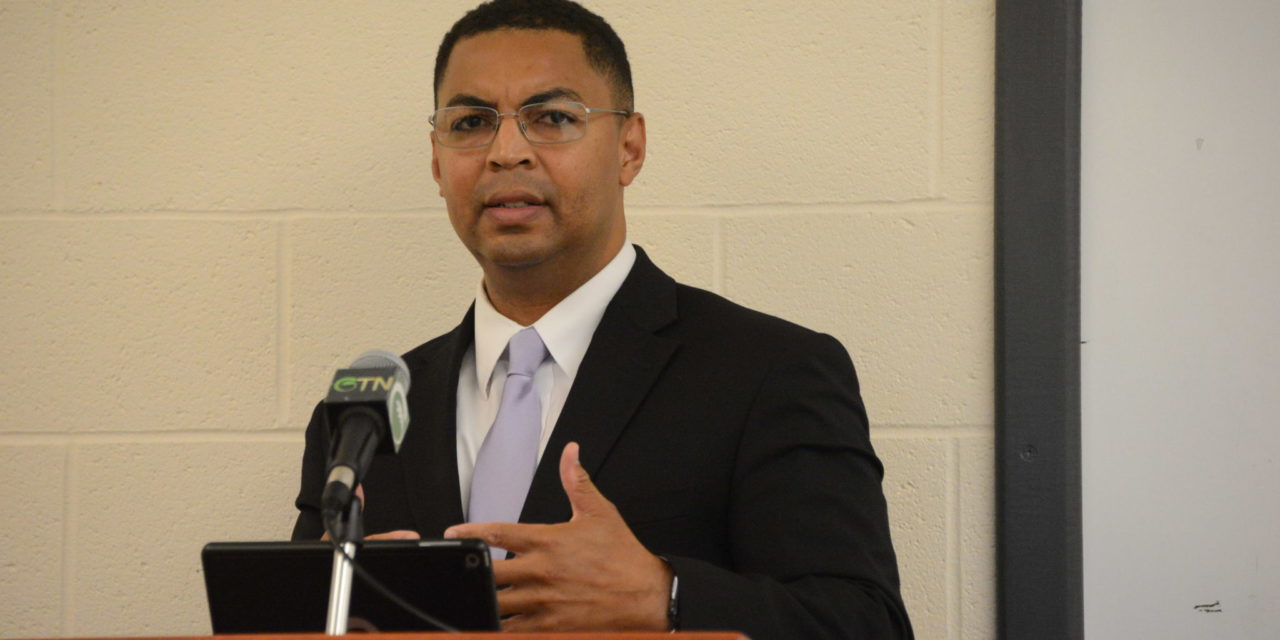Crime was the main topic at the work session on Tuesday, Sept. 3, appropriately enough in the Public Safety Training Facility.
Actually, the topic was public safety, but what the City Council wanted to talk about was crime.
Assistant City Manager Trey Davis presented a bunch of crime data and fielded questions about how the different programs being tried were working.
Councilmember Tammi Thurm said, “I’d love to see, if we have been doing this for three years, what are the results.”
The crime data map makes it clear that the current increase in crime is not citywide. For instance, District 5 represented by Thurm has had one homicide this year. District 3 represented by Councilmember Justin Outling has had two. District 4 represented by Councilmember Nancy Hoffmann has had five. District 1 represented by Sharon Hightower has had eight and District 2 represented by Councilmember Goldie Wells has had 11 homicides so far in 2019.
So over 70 percent of the homicides occurred in Districts 1 and 2. By comparison, 11 percent of the murders were committed in Districts 3 and 5.
In a comparison to other cities, so far this year Greensboro has had an 8 percent increase in homicides, Winston-Salem has had no change, High Point has had an 8 percent decrease and Durham has had a 30 percent increase.
Durham is the only city in North Carolina that has a Cure Violence program and the murder rate there increased in 2018 and is increasing again in 2019.
Hightower says that she still supports having a Cure Violence program in Greensboro, but judging from what has happened in Durham, it doesn’t appear to have an effect on the overall homicide rate.
In Greensboro, during the same time period, in 2018 there were 25 homicides and in 2017 there were 31 homicides compared to 27 so far in 2019.
But what is more interesting is that in 2014 from January through August, there were 14 homicides, in 2015 there were 16 and in 2016 there were 18 and then a huge increase to 31 in 2017.
Davis said his goal was to make public safety more proactive and less reactive.
He said the city “had tremendous resources” but had to use them and use them in a coordinated manner with goals.

